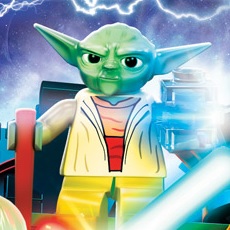George Lucas drew from many inspirations when he was developing the film that would become Star Wars. One of the more prominent was The Hidden Fortress by Akira Kurosawa. In fact, an initial draft of Star Wars was essentially a retelling of the movie as a science fiction adventure. After many rewrites, he would instead be more influenced by the visual storytelling aspects presented while cherry-picking plot points that were of interest. Star Wars would become a global phenomenon with its own mythology being expanded upon over the decades. It seemed only a matter of time before the franchise came full circle with the original inspirations from samurai and Japanese culture. And so it would with Star Wars: Visions.
Visions is a short-form anime anthology series. Each episode telling a different story within the various eras of the Star Wars lore, including one set in an alternate timeline, and having a unique look and style from one another. Seven well-known anime studios, such as Production I.G, Science SARU, and Studio Trigger, provide the animation produced by nine directors who have worked on some of the most widely regarded titles to emerge from Japan. The English language track features an ensemble cast including the likes of Joseph Gordon-Levitt, Lucy Liu, Neil Patrick Harris, Alison Brie, Simu Liu, David Harbour, James Hong, Jamie Chung, George Takei, and even Temuera Morrison reprising his role as Boba Fett.
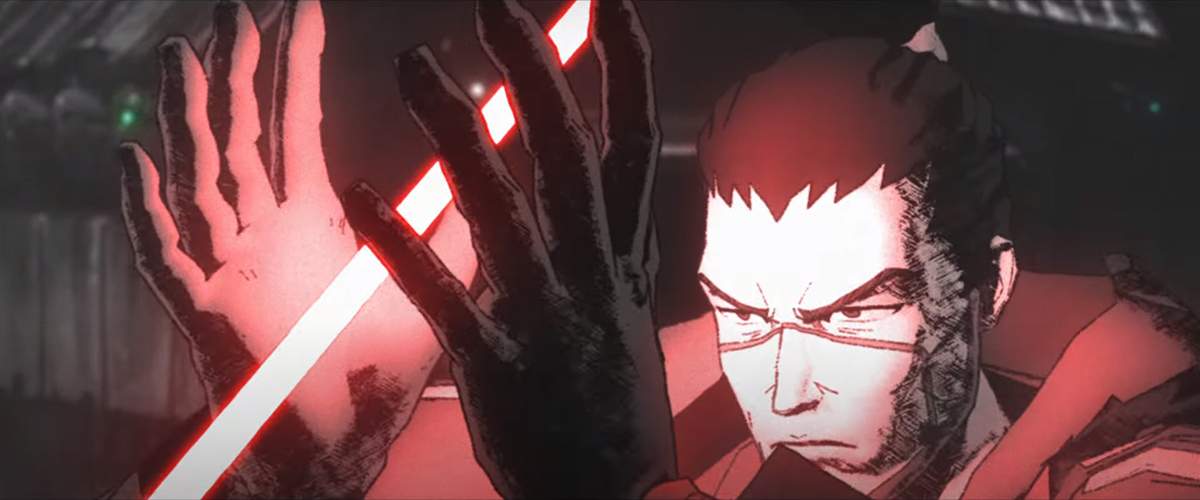
It’s pretty clear from the outset that the studios and directors were given a great deal of creative freedom to tell the stories they wanted. By generally being set away from any of the major storylines within the Star Wars chronology and usually taking place in worlds previously unseen, each episode offered a greater exploration of the mythology without having to be concerned too much with the established canon. Perhaps more importantly, it allowed for the animation style developed by each director to breathe with the sort of life they probably would not have by sticking to a pre-determined visual look. The results are nine fascinating tales that make for truly unique viewings unlike any previous seen in a galaxy far, far away.
From a personal stand-point, the two biggest stand-outs from the series would be The Ninth Jedi by Kenji Kamiyama and The Duel by Takanobu Mizuno. As the first episode, The Duel perfectly sets the stage for how different from the rest of Star Wars the series would be. It is set in an alternate timeline that borrows more heavily from samurai and Japanese culture than any other to date and is even more inspired by Kurosawa films, to the point of being presented in largely black and white with film scratches present. Much can be attributed to Takashi Okazaki, the creator of Afro Samurai who served as the episode’s writer and character designer, providing the exact hook needed to draw audiences in from the start.
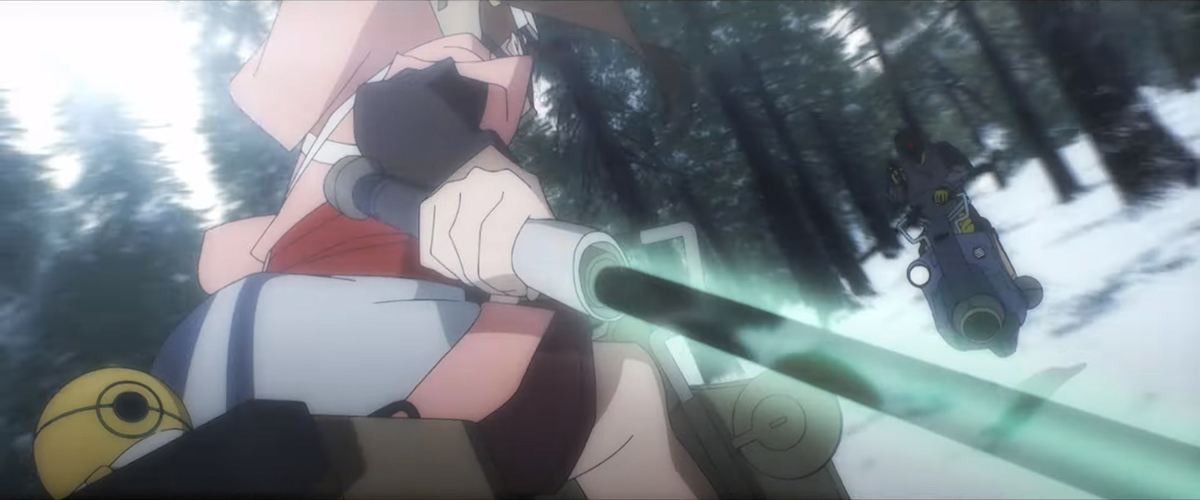
The Ninth Jedi offers arguably the most epic story in the series. Seemingly set many generations after The Rise of Skywalker, Kamiyama’s approach to hitting many of the Star Wars visual hallmarks in a short amount of time while managing to tell an engaging tale results in a wonderful episode to watch. How scenes are staged is one of the many appealing aspects to anime, which can also be said about many of the visual mediums utilized within the Star Wars universe. Combining those together to create iconic scenes can seem daunting, but Kamiyama seems to pull this off many times with ease as there are a lot of great visual moments to The Ninth Jedi that are exciting to watch, often over and over again.
Perhaps the notable downside to an anthology series is that some episodes, while not bad, are just weaker in comparison to the others. Such is the case, to me at least, with Tatooine Rhapsody by Taku Kimura and The Village Bride by Hitoshi Haga. I actually find The Village Bride to be a fascinating look at a planet’s traditions and culture being invaded, but I feel that the short runtime hampers the story a lot that it lacks proper development of the characters. Tatooine Rhapsody is a charming approach to seeing what one Padawan does to survive after the Jedi Purge. It just isn’t appealing enough against the other stories that seem to explore more interesting stories and characters, making it feel like filler.

What makes the remaining five episodes interesting is how, in nearly all of them, they take unique approaches to studying the battle of wills between The Light Side and The Dark Side of The Force. The theme is more prominent in The Twins by Hiroyuki Imaishi and Lop and Ochō by Yuki Igarashi, both exploring this concept through families experiencing divisions. The Twins pretty much goes right into it, leading to a grand outer space battle upon the surface of conjoined Star Destroyers. Lop and Ochō takes the slow burn approach, building tension before it reaches its culmination. Both episodes also examine the notion that blood does not necessarily pre-determine destiny, adding another interesting layer to their storytelling.
The appeal of Star Wars presented through the eyes of Japanese animation actually isn’t new. There are manga books that have adapted the original trilogy and The Phantom Menace. I still possess the two volumes of The Phantom Menace by Silent Möbius creator Kia Asamiya. Visions takes it a step further by allowing Japanese animators to present the Star Wars universe as they saw fit. In addition to how scenes are staged, the animators were interested in presenting the various worlds explored. This is realized with how detailed the backgrounds are, littered with the kind of life that anime has been able to showcase. These bring a sense of truth in scenes like the cultural wedding traditions shown in The Village Bride.
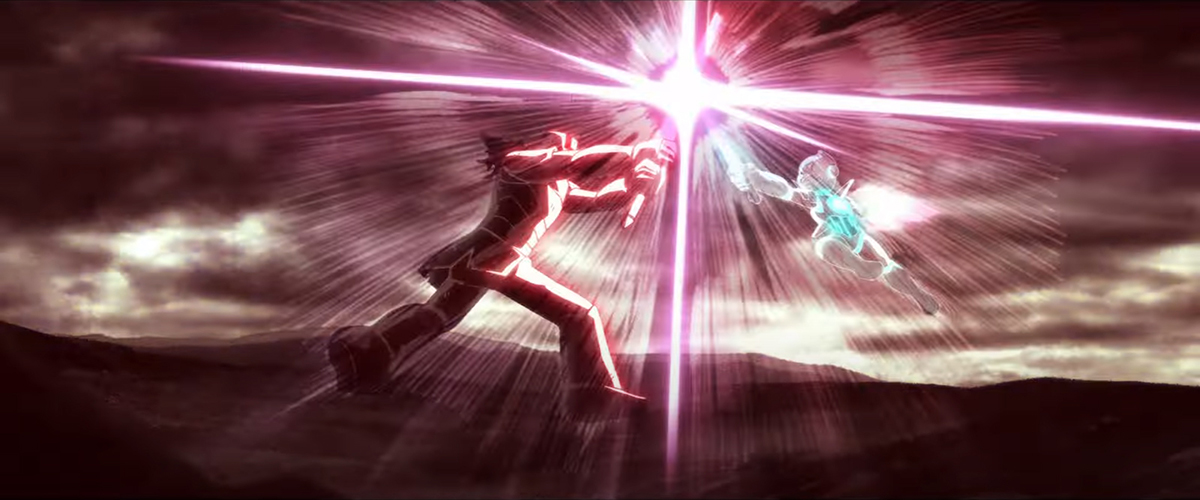
While each episode is produced under a different director, thereby presenting unique looks and animations to them, few are seen as radically different from one another to truly stand apart. The Duel would be one of the few. The other is T0-B1 by the lone non-Asian director Abel Góngora. T0-B1 could be seen as Góngora’s tribute to the late pioneer Osamu Tezuka in art style and with a story that is clearly inspired by Astro Boy about a child-like droid dreaming of becoming a Jedi Knight. Despite this, it manages to work rather well within the Star Wars universe without having to veer in a more cartoony direction of say the old 1980s shows Droids and Ewoks. It finds the right balance of family friendly and being slightly mature.
Out of interest, I watched the series with the English dubbing. The voice acting is very good and manages to stay as much in sync with the animation as possible. There’s something to be said that some of the actors try to approach the level of the original Star Wars where there’s an interesting mixture of sounding serious at times while tickling the edge of wanting to over act a little for the sake of fun. This is most notable in The Twins where Neil Patrick Harris and Alison Brie are clearly enjoying themselves in being able to explore all kinds of emotions within fifteen minutes. Otherwise everyone else puts in the effort to partake in the Star Wars universe and perform appropriately. And they’re done very well overall.
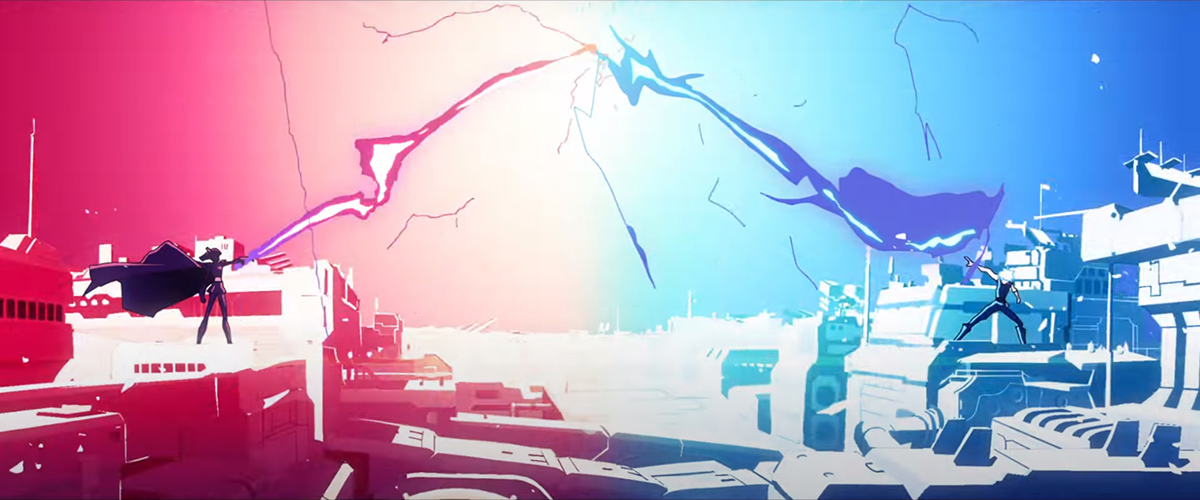
The music is quite interesting in that it does at times tries to incorporate unique melodies as opposed to sticking to the epic John Williams approach that tends to happen in any medium set in the Star Wars universe. To be sure, the almost familiar scores are still present in episodes like The Ninth Jedi, The Twins, and even Lop and Ochō. Keen ears may even catch moments were themes such as “Duel of the Fates” are utilized in fascinating ways. Others do try out different tunes to bolster their stories. The Duel, being influenced heavily by Kurosawa films, mimics the samurai melodies of composer Masaru Sato, while T0-B1 uses child-like tunes in ways that manages to correspond with the various emotions experienced.
Star Wars: Visions does exactly what it sets out to do. It may not be everyone’s cup of tea, in particular the greater inclusion of incorporating samurai and Japanese culture even more so than George Lucas himself was inspired from. But there’s no denying that it offers a fascination approach in exploring the vast, diverse worlds within the Star Wars universe. With each episode presented by a different director and set in various eras throughout the mythology, there’s always something new to be introduced to. And with short-form runtimes, they don’t overstay their welcome and instead invite audiences to beg for more. It offers a unique approach in presenting an even wider galaxy far, far away one might want to visit again.
 | Star Wars: Visions Disney+ Approx. Avg. 16 minutes Rating TV-PG Produced by Kanako Shirasaki | |











